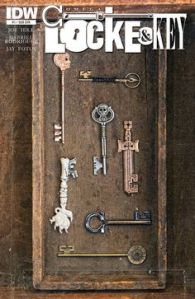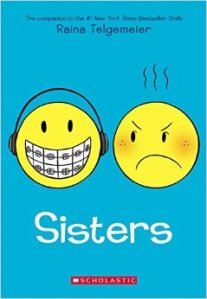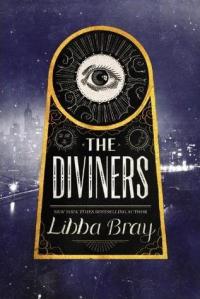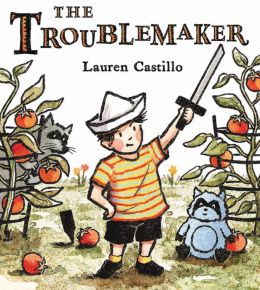It is still 80 degrees in Texas, but summer is over. Hay bails dot fields beside the road. It’s chilly in the mornings. Time to start carrying a jacket. Five months of gray skies and brown grass ahead. I don’t enjoy fall and winter weather, but I understand its value. The world can’t grow all of the time. A fallow field rests to restore its nutrients and prevent exhaustion. Mother Nature needs a break.
Our reading and writing lives cycle through productive and restive periods, too. We scribble notes and start drafts that don’t go anywhere. We linger in our last book—unready to leave it behind. Reading and writing help us understand and navigate our lives, but readers and writers need time to experience reading and writing without producing all of the time. The connection between our literacy and our lives travels between periods of growth, harvest, and dormancy. We must learn to appreciate and navigate these stages if we are to remain readers and writers throughout our lives.
I take breaks from reading, but they don’t last long. If I go without picking up a book for a few days, my bookshelves Siren call me back to them. My mind splinters when I don’t read and I feel it. I’m off-kilter and out of sorts. I don’t always finish the books I start, though. I dip into parts and fall back out for long stretches. I have several books on pause at the moment. Some books blind me to all others. Some books take longer to warm my interest.
I go longer periods not writing. My blog goes dormant. I lose my notebook for a few days and don’t miss it. I beat myself up about not writing, but Don doesn’t think I should, “You’re always mulling over ideas, reading articles, talking with your friends. You’re always writing. You’re just not always writing it down.” He’s right. Being a writer has a lot to do with looking at the world as a writer. Writing demands observing. Writing demands time to think. Writing demands time to wallow.
We don’t commit to reading and writing once in our lives. We recommit to reading and writing again and again. We travel between seasons of dedication and neglect. Seasons of interest and apathy. Seasons of high productivity and low. We wander through fallow seasons and benefit long term from the rest. When reading and writing call to us again, we return.
In my early years of teaching, I failed to recognize my students’ needs to linger in books they loved, to pause between books, to go days without reading much. I didn’t reflect on my students’ need to percolate ideas, to revisit their writing, or to write without finishing anything. I do these things. A lot of readers and writers do. Some readers and writers need incubation. We need reflection. It makes our reading and writing better in the end.
Prescribed charts defining THE writing process crowd out the necessity for every writer (and reader) to find a process that works for them. There’s no lock step progression through a reading and writing life. We amble and wander and stop in various stages, as needed. We each must find our own way.
When we limit young readers and writers time to think about what they read and write, time to reflect on their reading and writing experiences, time to plan for future reading and writing, or permission to step away from reading and writing at times, we miss opportunities to model and teach our students strategies that enrich their literate lives and help them find their way back into reading and writing again when they stray.
Not all who wander are lost.
Examining the seasons of our own reading and writing lives provides insights that improve our ability to mentor young readers and writers. How do we see ourselves as readers and writers? Are there temporary or long term obstacles limiting our reading and writing lives? If so, what are we going to do about it? Which books lure us into reading binges and which books take dedication on our part? How do we handle these reading experiences differently? What do we do when our writing is stuck? How do we unstick it? How do we maintain and sustain a reading and writing life? We must give ourselves grace when we read and write less. Embrace time to dawdle and wallow, and value our students’ need to do the same.
Writers write. Readers read. We cannot wear these identities unless we actively read and write. That’s true. But writing and reading aren’t solely productive acts, they’re creative acts that require feeding to flourish and bloom. Readers who push from book to book leave themselves little room to savor a book’s meaning. Writers pressured to write on demand at all times miss opportunities to follow threads to where they lead. To every thing there is a season. Writing and reading have seasons, too.
Without this time, it’s difficult to find personal relevance in our reading and writing lives. If we want reading and writing to matter to our students, we must value the non-productive aspects of reading and writing that foster long term ownership and growth. We must recognize the difference between resting and floundering—providing encouragement and gentle pressure when required and backing off when necessary.
Fields in constant production deplete their resources and lose the ability to sustain life, but fallow fields lead to rich harvests in the end.









